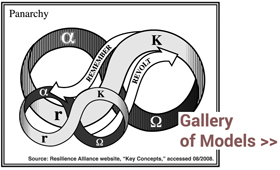“The design problem is: How do I get from time zero to time future?” says Harvard professor of landscape architecture and planning Carl Steinitz.
Steinitz is author of A Framework for Geodesign: Changing Geography by Design and this talk is from the 2010 GeoDesign Summit.
There are two strategies. One strategy is design — or imagine, if you will — the future. Go right from now to the future, and then try to figure out: How do I get it done? And the second strategy is design a scenario based on the present and ask: In what future might it result?
Those are the two strategies. But there are five methods. … And I call them anticipatory (holistic, deductive); sequential (direct, abductive); combinatorial (simultaneous, inductive); constraining (sensitivity, experimental); and optimizing (directed, objective driven). …
Designing something is an art. It requires judgment. It is not a science, although it depends on science. There are no perfect formulae, but there are methods. There is no universal toolkit, but there are tools. And you cannot copy an example, but you can gain experience.
See also: an interview in Engaging Cities online magazine

